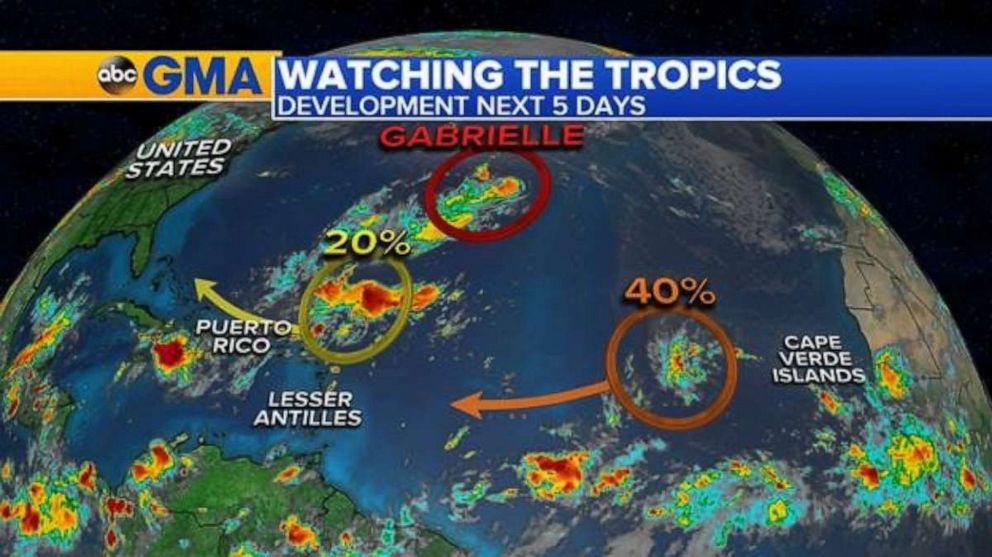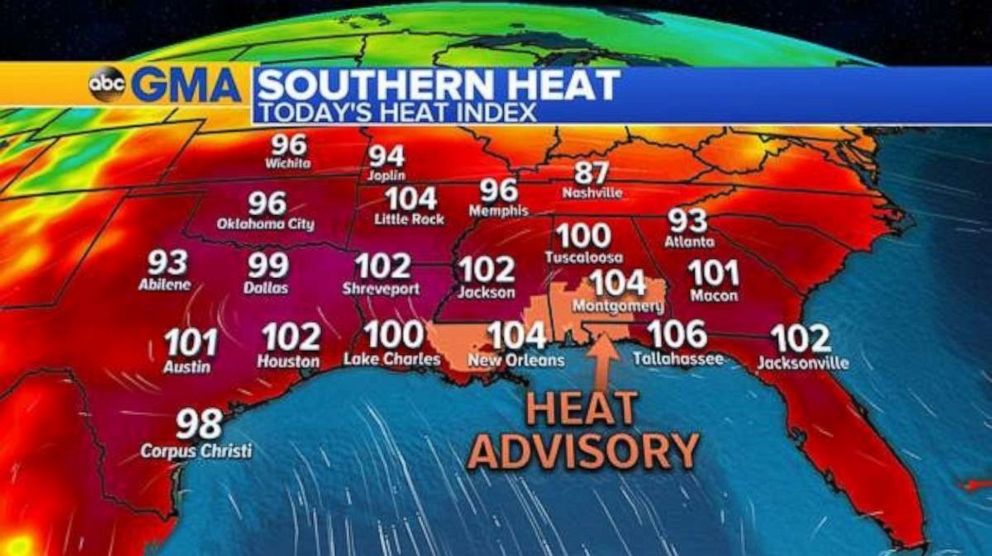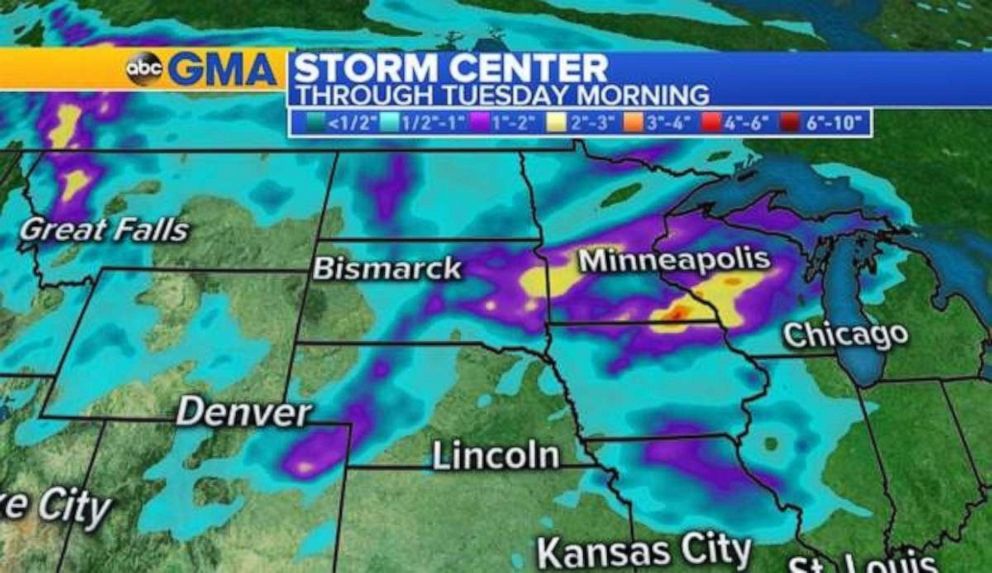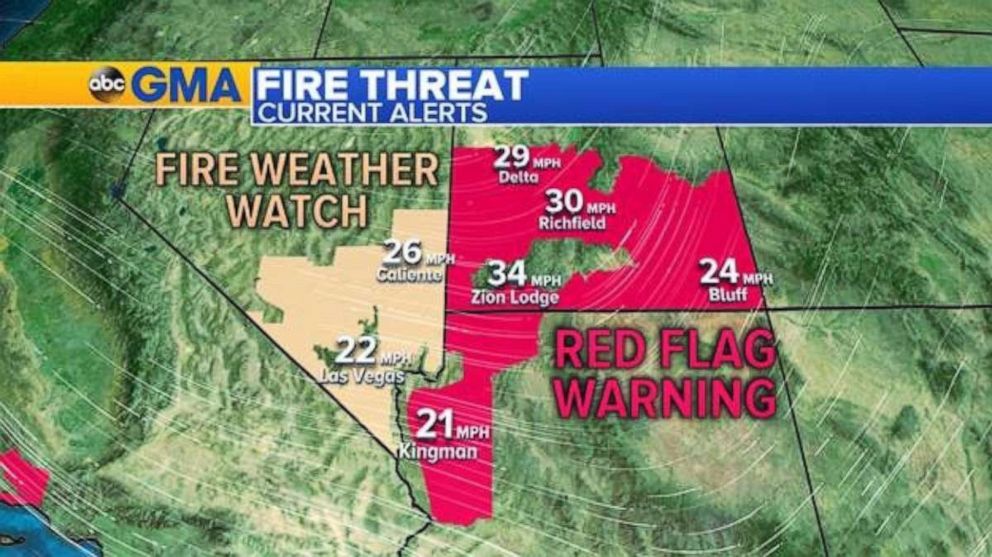Hurricane Dorian may have transitioned to a post-tropical cyclone but three more systems are developing in the Atlantic Ocean ahead of the peak of hurricane season.
Interested in Hurricane Dorian?
Add Hurricane Dorian as an interest to stay up to date on the latest Hurricane Dorian news, video, and analysis from ABC News.Tropical Storm Gabrielle remains in the open Atlantic. She will begin to take a more easterly track tonight through Monday. Going through the week, she may impact northern portions of Ireland and the UK as a post tropical cyclone.
Two other systems are also being monitored for development over the next five days. One has a low chance of developing into a tropical cyclone and the other has a moderate chance of developing into a tropical cyclone.
 ABC News
ABC News
Dorian is now a post-tropical cyclone but that does not mean that it is any less destructive. Storm surge, rough surf, heavy rain and gusty winds will continue to impact Nova Scotia today. Dorian is still unleashing hurricane force winds which extend 90 miles from its center.
The rest of the country, however, will remain relatively quiet for the day ahead.
Portions of Louisiana, Mississippi, Alabama and the Florida panhandle are under a Heat Advisory through this evening as heat index values will reach 105°F or more. High temperatures could be challenging or breaking records across the South through Monday.
 ABC News
ABC News
Showers and Thunderstorms develop this evening along a frontal boundary. Rain could be heavy at times on Monday as the system tracks to the northeast, impacting North Dakota, South Dakota, Minnesota & Wisconsin.
Through early Tuesday morning, locally heavy rainfall across parts of South Dakota, Minnesota & Wisconsin could result in 2 to 3 inches or more in rain totals. This could potentially trigger flash flooding.
 ABC News
ABC News
Shifting the focus further to the west, Red Flag Warnings are up for Utah and northwestern Arizona through this evening. A Fire Weather Watch is in effect for southern Nevada for Monday morning through Monday evening. Relative humidity is as low as 12% in the region with the threat for wind gusts up to 40 mph. This means that any fires that do develop will spread rapidly.
 ABC News
ABC News
There are currently 22 large, uncontained wildfires across the U.S.; with three of those fires located in Alaska alone.
Kaynak:Abcnews
Yorum Yazma Kuralları
Lütfen yorum yaparken veya bir yorumu yanıtlarken aşağıda yer alan yorum yazma kurallarına dikkat ediniz.
Türkiye Cumhuriyeti yasalarına aykırı, suç veya suçluyu övme amaçlı yorumlar yapmayınız.
Küfür, argo, hakaret içerikli, nefret uyandıracak veya nefreti körükleyecek yorumlar yapmayınız.
Irkçı, cinsiyetçi, kişilik haklarını zedeleyen, taciz amaçlı veya saldırgan ifadeler kullanmayınız.
Türkçe imla kurallarına ve noktalama işaretlerine uygun cümleler kurmaya özen gösteriniz.
Yorumunuzu tamamı büyük harflerden oluşacak şekilde yazmayınız.
Gizli veya açık biçimde reklam, tanıtım amaçlı yorumlar yapmayınız.
Kendinizin veya bir başkasının kişisel bilgilerini paylaşmayınız.
Yorumlarınızın hukuki sorumluluğunu üstlendiğinizi, talep edilmesi halinde bilgilerinizin yetkili makamlarla paylaşılacağını unutmayınız.













Yorumlar
Kalan Karakter: